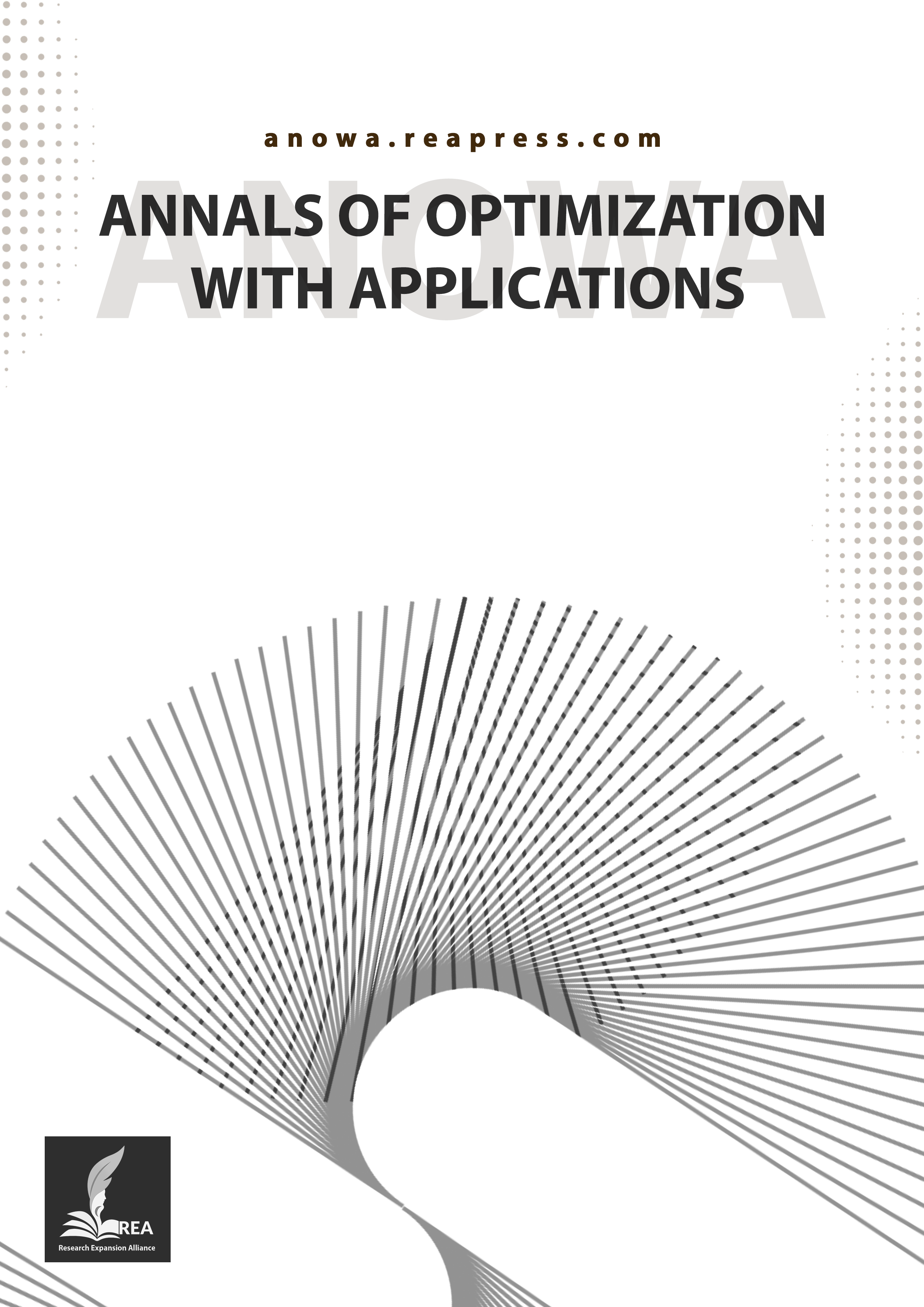Evaluation of Performance Using Balanced Scorecard (BSC) and Fuzzy Analysis Network Process (FANP)(Case Study: Scientific & Applied Universities of Qazvin Province)
Abstract
The present study aimed to evaluate performance with the Balanced Scorecard (BSC) and Fuzzy Analysis Network Process (FANP). For this purpose, a researcher-made questionnaire was compiled that comprised four BSC aspects along with their sub-criteria. The experts verified the validity of this questionnaire. Also, the reliability of the current questionnaire was 0.89, which indicates that its reliability is appropriate. The statistical populations of this research are all 91 managers and deputies of scientific and Applied Universities of Qazvin province. Firstly, by experts, a prospect was developed for the universities and was determined suitable strategies for its realization. In the following, each of the criteria to be considered for the implementation of strategy has been identified. The questionnaire was distributed among the target population. Data analysis showed that profitability indicators with a weight of 0.096, customer discovery with a weight of 0.097, use of technology with a weight of 0.094, and innovation with a weight of 0.091 had the most significant impact on the performance of universities. Finally, it was determined that the overall performance of universities is 0.72.8, which indicates their average performance.
Keywords:
Performance, Balanced scorecard, Fuzzy analysis network processReferences
- [1] Neely, A. (2002). Business performance measurement: Theory and practice. Cambridge University Press. https://doi.org/10.1017/CBO9780511753695.
- [2] Kaplan, R. S., & Norton, D. P. (2009). Putting the balanced scorecard to work. The economic impact of knowledge, 66, 315–324. https://doi.org/10.1016/b978-0-7506-7009-8.50023-9
- [3] Nasiri, R. (2024). Organizational process performance measurement model with arima approach. The 10th scientific research conference on the development and promotion of management sciences with the approach of improving the level of financial management in Iran, Tehran, Iran. Civilica. (In Persian) https://civilica.com/doc/2225160/
- [4] Heidari, M., Ghorbani Dolatabadi, M., Ghorbani Dolatabadi, D., & Hashemi, S. A. (2016). Evaluating the performance of universities using the balanced scorecard model. The first international conference on new paradigms of business and organizational intelligence management, Tehran, Iran. Civilica. (In Persian). https://civilica.com/doc/500384/
- [5] Beigifiroozi, A. (2017). A performance evaluation of Mehr Eghtesad Bank branches based on the balanced score card (BSC) and analytic network process (ANP) combined model. Public management researches, 9(34), 195-220. (In Persian). https://doi.org/10.22111/jmr.2017.3108
- [6] Salehi, H., Movahedi, M., & Khodabakhsh, A. (2014). Identifying and prioritizing organizational performance evaluation indicators with an integrated BSC_Fuzzy ANP approach: A case study of Mammoth industrial group. Journal of industrial strategic management, 11(35), 113-129. (In Persian). https://sid.ir/paper/480975/fa
- [7] Anvari Rostami, A. A., Heshmati, M. R., Shavardi, M., & Bashiri, V. (2012). Performance evaluation using fuzzy network analysis process (FANP) and balanced scorecard (BSC) (Case study: Isfahan Petrochemical Company). Quarterly journal of strategic management in industrial systems (Formerly industrial management), 7(21), 9-22. (In Persian). https://journals.iau.ir/article_537391.html
- [8] Tseng, M. L. (2010). Implementation and performance evaluation using the fuzzy network balanced scorecard. Computers and education, 55(1), 188–201. https://doi.org/10.1016/j.compedu.2010.01.004
- [9] Hsu, C. W., Hu, A. H., Chiou, C. Y., & Chen, T. C. (2011). Using the FDM and ANP to construct a sustainability balanced scorecard for the semiconductor industry. Expert systems with applications, 38(10), 12891–12899. https://doi.org/10.1016/j.eswa.2011.04.082
- [10] Yüksel, I., & Daǧdeviren, M. (2010). Using the fuzzy analytic network process (ANP) for balanced scorecard (BSC): A case study for a manufacturing firm. Expert systems with applications, 37(2), 1270–1278. https://doi.org/10.1016/j.eswa.2009.06.002
- [11] Leung, L. C., & Cao, D. (2000). On consistency and ranking of alternatives in fuzzy AHP. European journal of operational research, 124(1), 102–113. https://doi.org/10.1016/S0377-2217(99)00118-6
- [12] Tesfamariam, S., & Sadiq, R. (2006). Risk-based environmental decision-making using fuzzy analytic hierarchy process (F-AHP). Stochastic environmental research and risk assessment, 21, 35–50. https://doi.org/10.1007/s00477-006-0042-9


